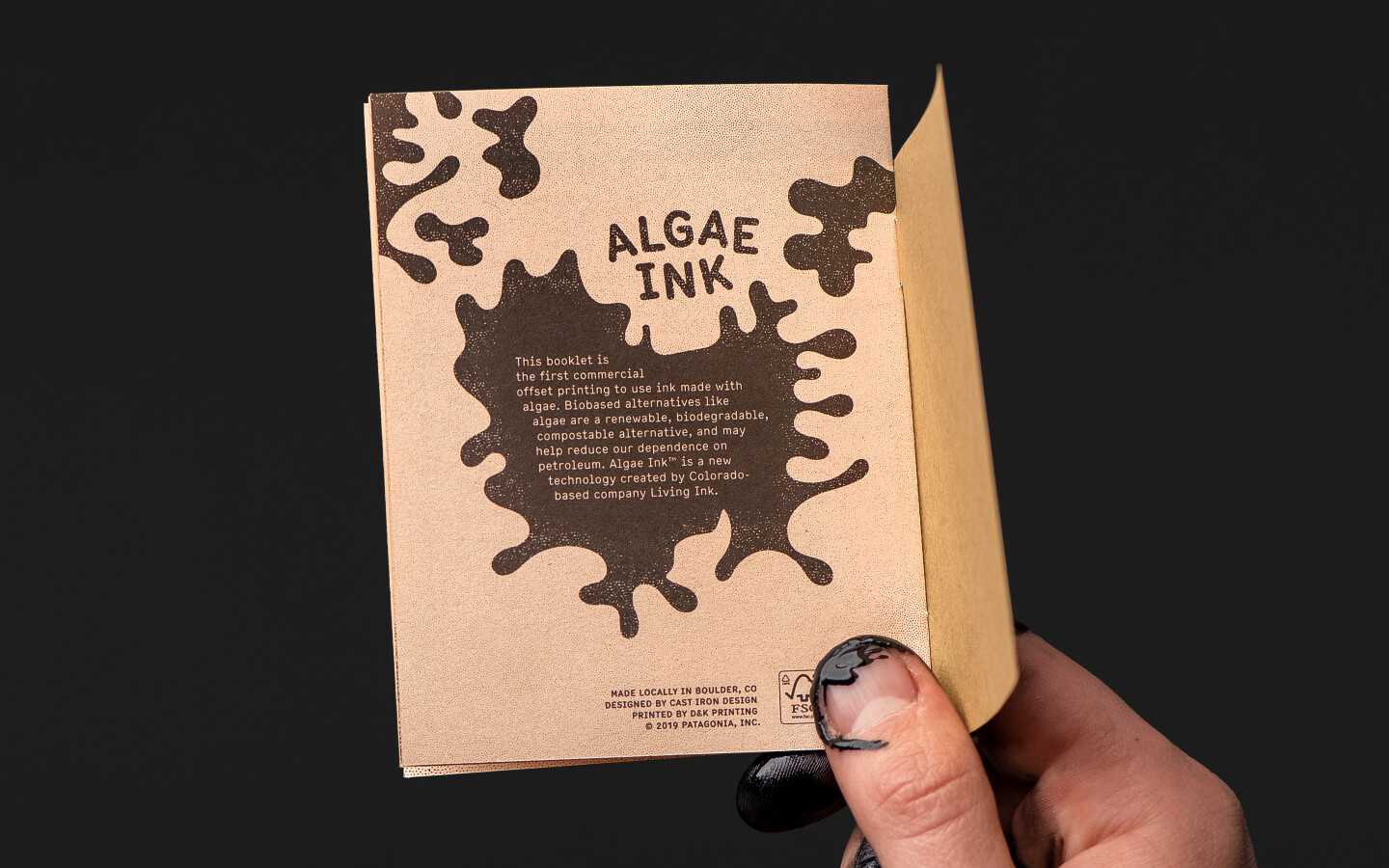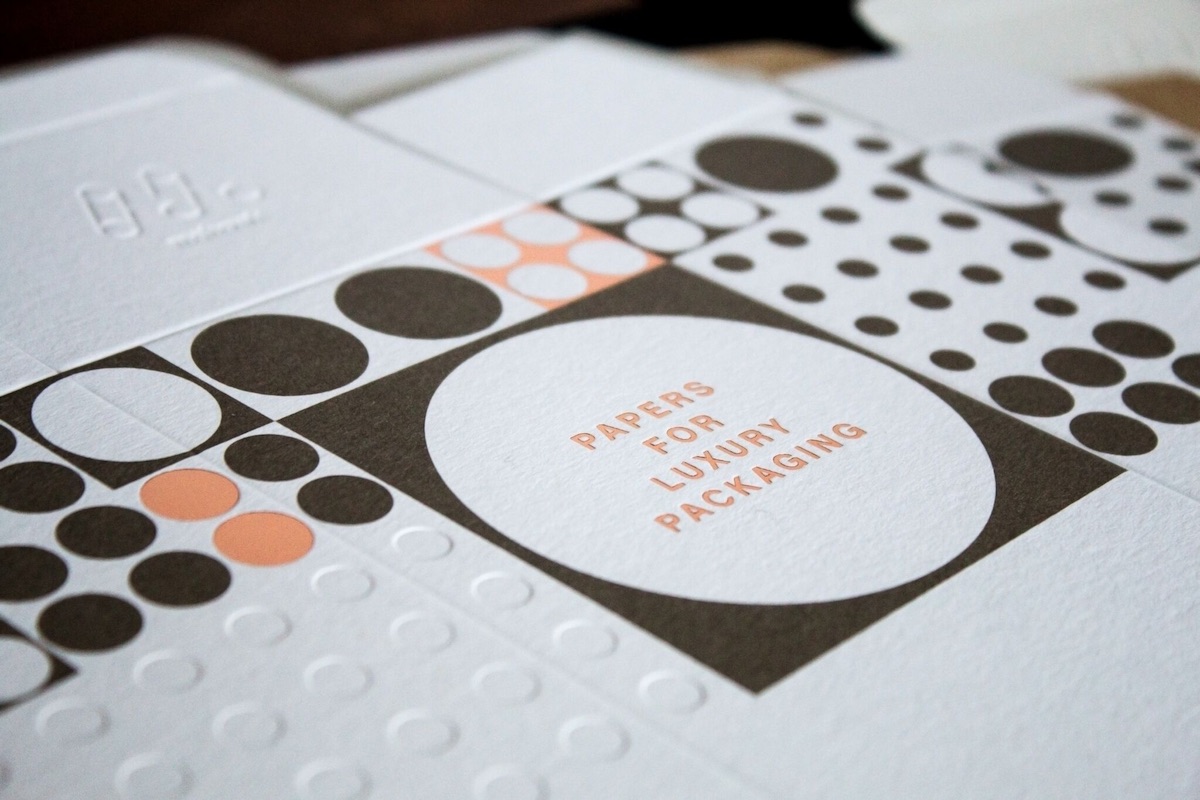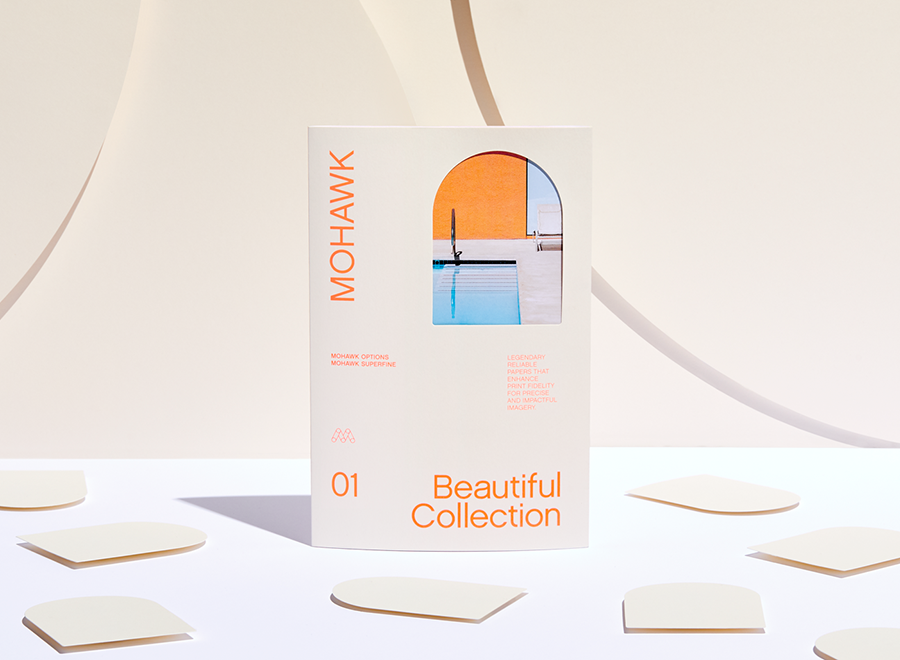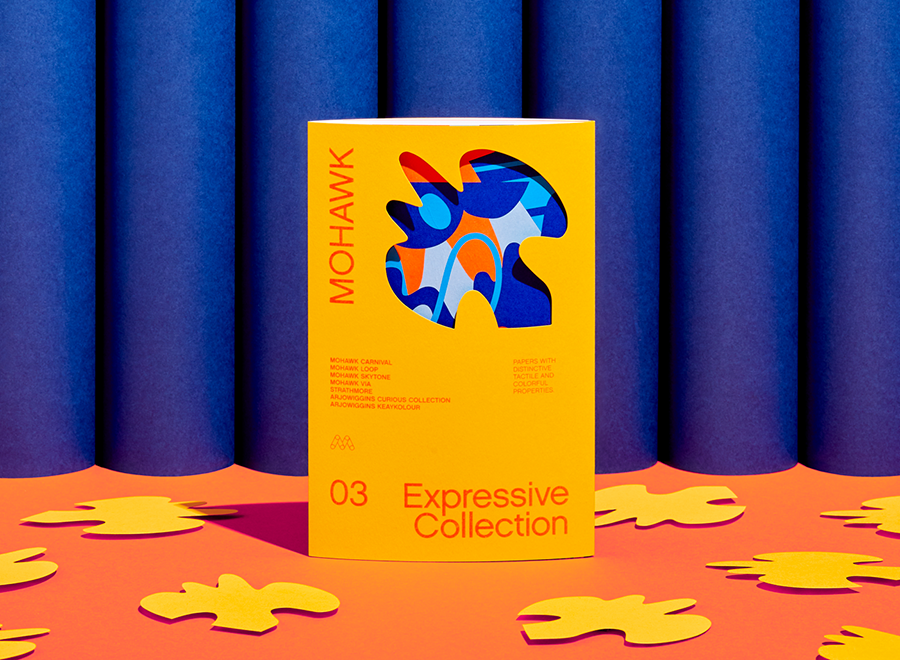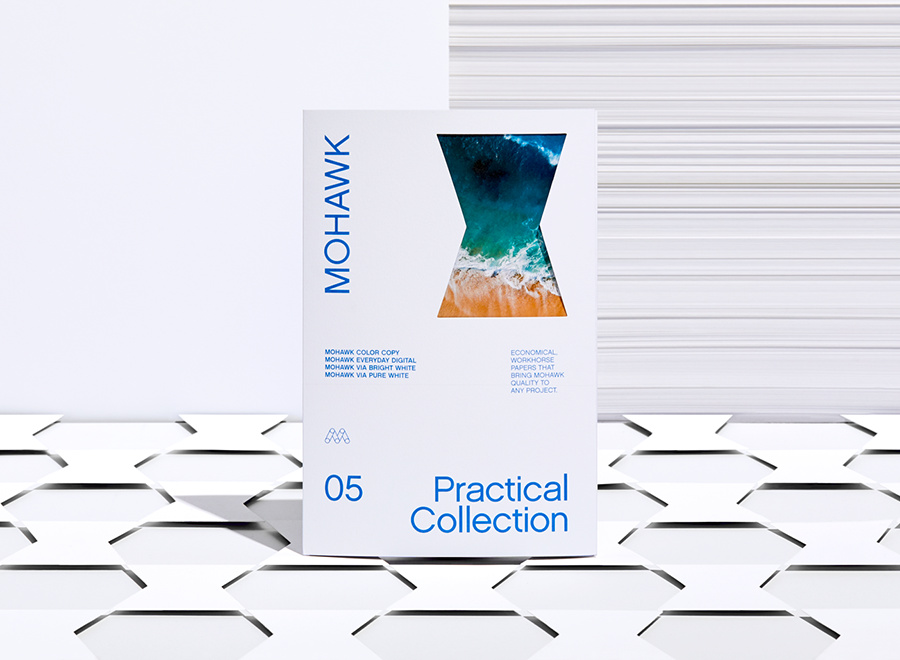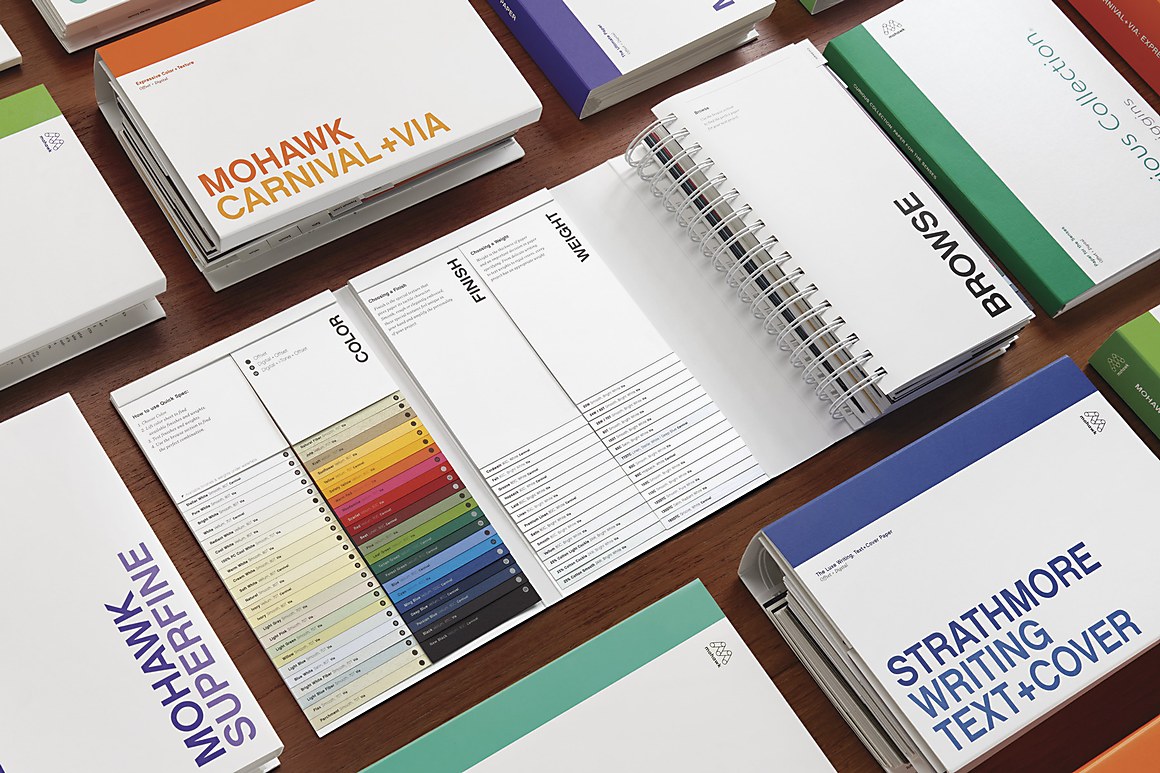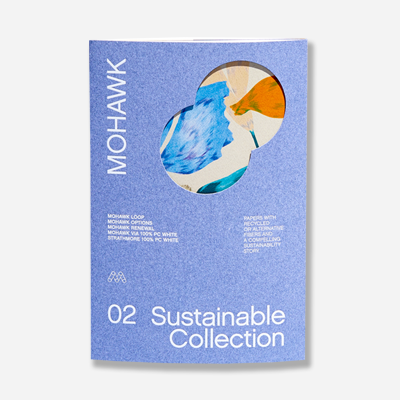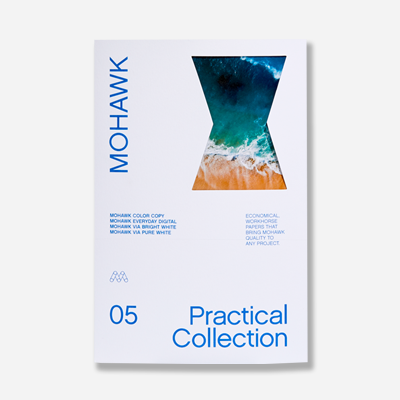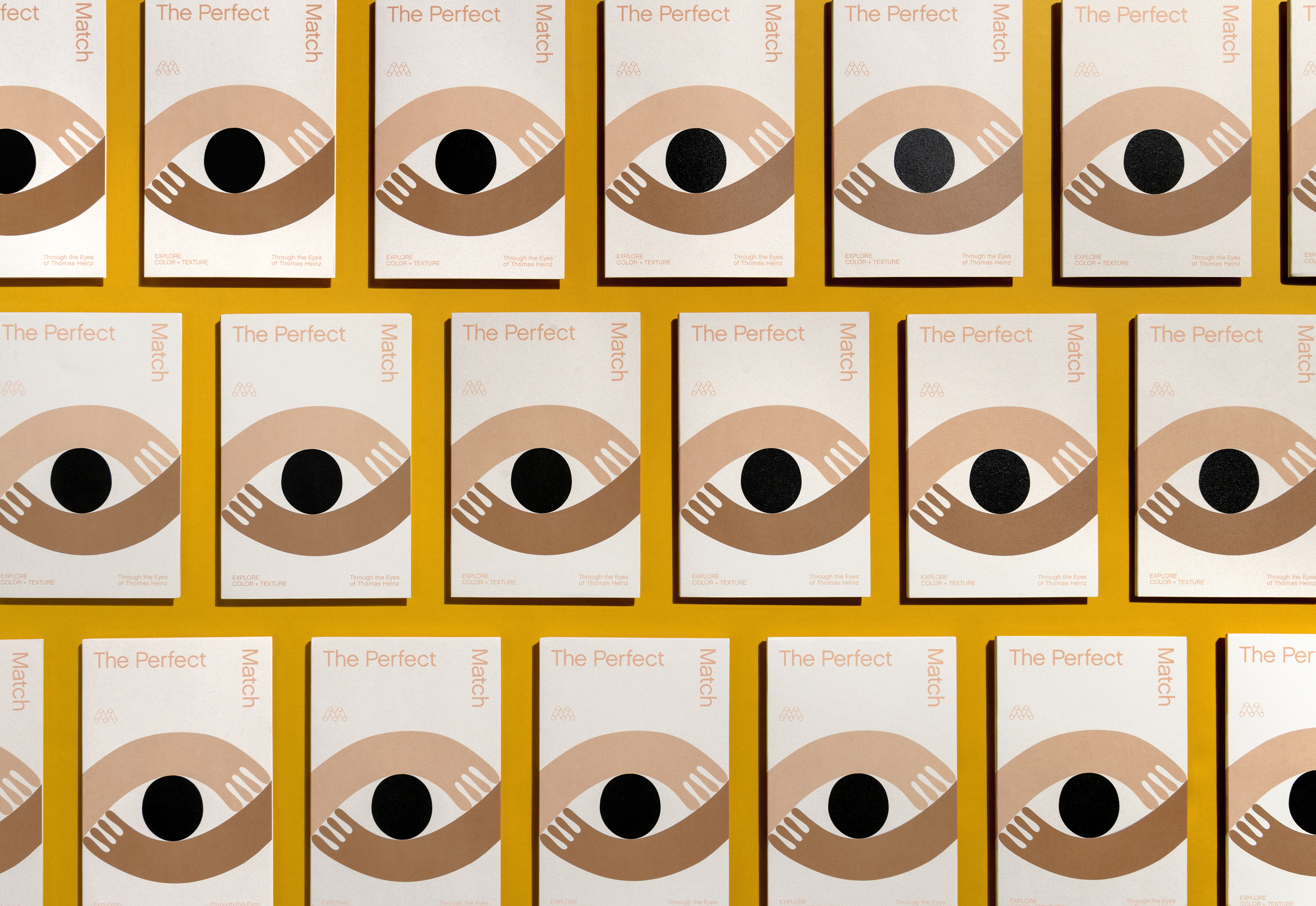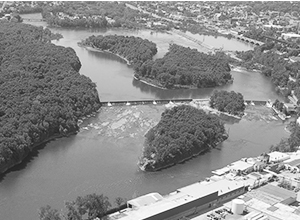Exploring Alternative Materials
Vegetable-based inks, which forego petroleum oil in favor of more sustainable sources like soy, linseed, tung, cottonseed, and china wood oils, have been around for decades. In fact, they were invented in response to an oil crisis in the early 1970’s—suddenly, petroleum was in short supply, and ink manufacturers had to get creative.
While vegetable inks, including the most popular variety, soy ink, avoid the environmental pitfalls of using the earth’s limited supply of petroleum as an ingredient, they require special knowledge and treatment on press. For example, they often take longer to dry than traditional inks, and they can translate into slightly different shades than their conventional counterparts.
However, the benefits are enormous. Like, when the Los Angeles Times switched to soy ink from the petroleum variety they were using, they won an air quality award for reducing their VOC emissions by 200 tons per year.
It’s important to note that while vegetable inks are a step in the right direction, some do still contain petroleum, depending on their formulation. Some may also contain heavy metals. You can ask your printer to help source vegetable-only inks and inks without heavy metals, if that’s what you prefer.


